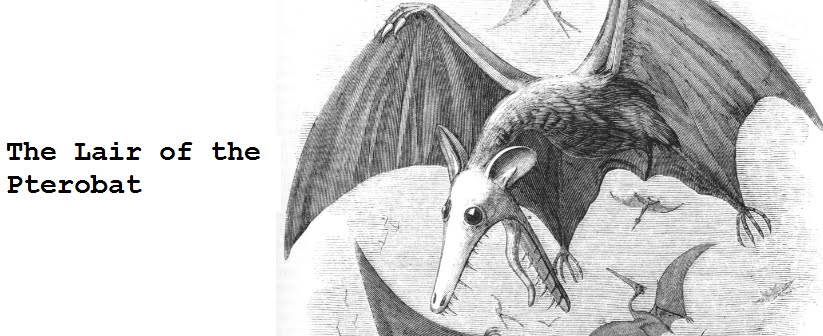I saw the 1983 movie “The Hunger” over the weekend, and I enjoyed it. The plot was simple and fell apart near the end, but the atmosphere made it good, and more importantly, it got me back in touch with the possibilities that vampires offered.
“The Hunger” is about an immortal vampire, Miriam Blaylock (Catherine Deneuve) that takes lovers, lets them live long, but eventually this stops, and the lovers rapidly whither into a mummy-like state and a coma of un-death, to then be stacked up in coffins in her basement.
Blaylock sees it happen to her lover, John (David Bowie), and becomes interested in Dr. Sarah Roberts (Susan Sarandon), the scientist John sought out when his degeneration began. She seduces and turns Roberts, but Roberts eventually kills her.
I’ve never been overly concerned with the romanticization of vampires. First, it’s ridiculous to impose a rigid standard on a stock movie monster that must by necessity exist in different forms to remain viable. Second, a lot of the criticisms of vampire romanticization stink of hating vampires for being feminized, which straints their credibility.
The problem is not when vampires are associated with beauty and decadence and sexual attraction, but when being a vampire is treated as wish fulfillment, something to legitimately desire without any nasty surprises. It’s “cool” to be a vampire: you’re a beautiful immortal with tiny pretty fangs, and end up elegant and stinking rich. Treating vampires this way removes a source of conflict from the story; now being the monster is something to be desired.
“The Hunger” reminded me that the image of the decadent vampire can be used to serve another purpose besides simple titillation: to heighten the “truth” of a vampire, by providing a contrast to it. That despite all their finery and drapery, they are predators without conscience, that must destroy others to live. Sometimes they are alien creatures (Blaylock is implied to be of a different species), other times they are humans who are, in essence, diseased.
Because we see the elegant Blaylock stack lovers in a crypt like kindling, and drool over a torn body, we understand that there’s actually nothing alluring about a vampire’s true self. When she claims, “I love you all!” we know she is lying.
Perhaps the elegance and beauty of vampires is the same as an anglerfish lure, or the worm-like tongue of a snapping turtle. It’s not meant to have an ultimate substance, any actual thing a viewer would want to be, but simply a way for the vampire to lure more prey.
This is a common view of vampires, but something about “The Hunger”, despite its thin plot, made that cliche “real” to me again, so much that I’m reconsidering whether I really want to write non-sentient vampires or not.
Where the film falls apart is that’s difficult to believe that just falling off a balcony would cause Marianne’s sudden degeneration and decay, though she should have died in some fashion.
And the studio ending, depicting Roberts as having survived and begun the sexual cycle all over again, made no sense and felt as tacked-on as it actually was. If there is a climax, you must follow through with it. Roberts wanted her own death, and should have been shown committing suicide.
Despite this, I did enjoy the film. It reminded me that vampires could be figures of horror, and “spoke” to me in a way that a piece of vampire media hasn’t in a long time. Maybe the film lacks substance, but it does have style.


